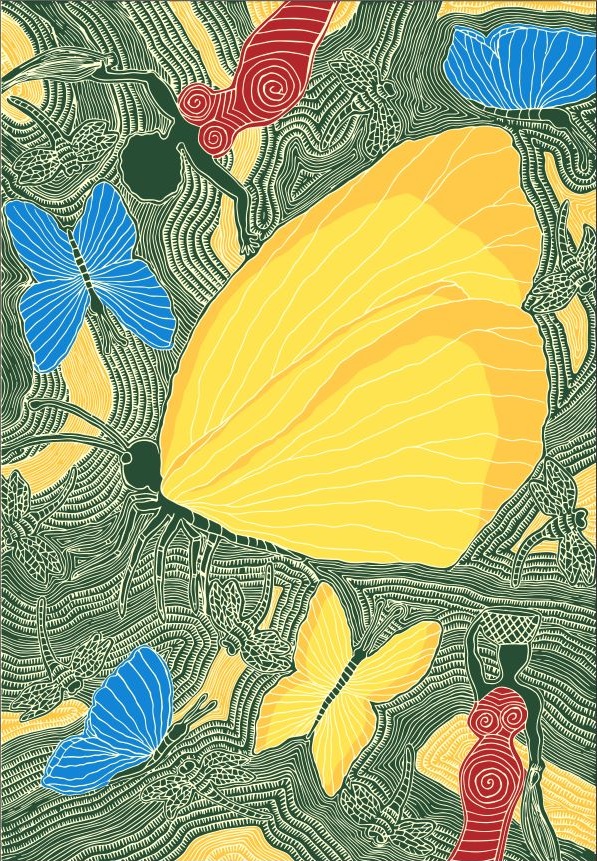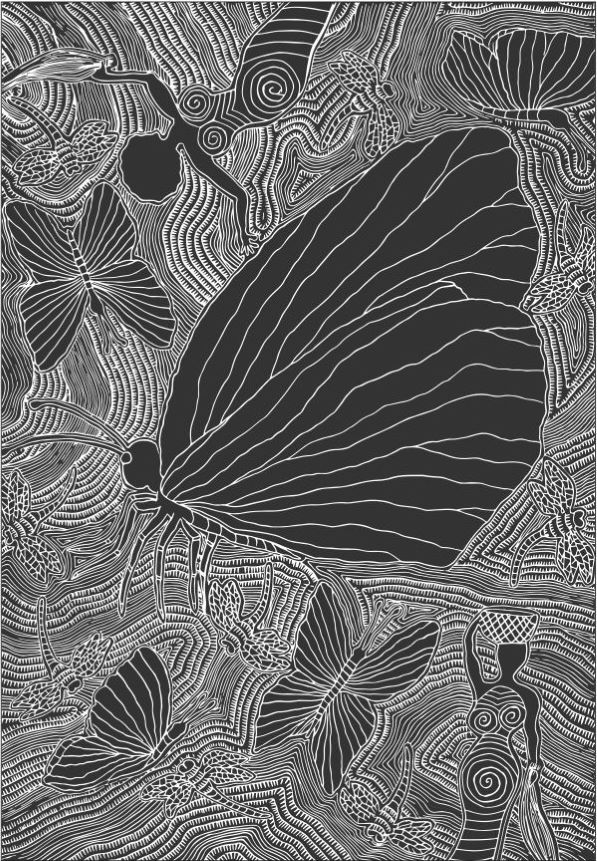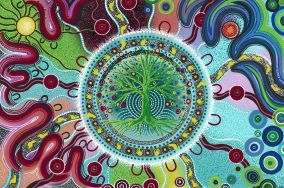For parents and carers—Our Kids Count
It’s important to register the birth of your bub. It helps them access rights and opportunities like enrolling in day care, school and sports.
Aboriginal and Torres Strait Islander viewers are advised that this website may contain images, voices and videos of deceased persons.

What you need to know about registering bub
The hospital, Medicare and Centrelink do not register bub.
- It's free
- It's bub's right to be registered within 8 weeks of birth
Watch the video to meet Shelby, a proud mother and Kamilaroi and Wanaruah woman with ancestors located in Gunnedah and Coonabarabran.
Shelby wants other mothers out there to know it’s very important to register their bub.
Meet Shelby a Kamilaroi and Wanaruah woman and a mum of two
Shelby: Most people that I spoke to don't actually know that they have to register their baby and that it's very important to do so.
They just think that once they have baby that is it.
You have to register your baby, so they get better opportunities.
Joanne: It's easy, it's free, and there is plenty of support out there. Whether it's through your midwife, through your local Aboriginal and Torres Strait Islander community health service, through Births, Deaths and Marriages.
The important message is, let's make our kids count.
Shelby: Register your bubs, our kids count.
How to register bub
To register your bub’s birth, choose whether you will do it:
If you don't have access to a printer to print the birth registration application form, ask us to send you one below or visit in person.
Online
You can register a birth online.
You may also choose to order and pay for a certificate at the same time.
It takes about 20 minutes and you will need 2 forms of ID—such as driver licence, Medicare card, or birth certificate—for both parents.
Don’t have 2 forms of ID for both parents? Call us on 13 74 68—we’re here to help.
Unable to complete online
By post
Ask for a form by ticking the box below, tell us your details, and we will post a birth registration form to you.
It’s free to post back to us using the reply-paid envelope we send along.
In person
Fill in the birth registration form at any of the following locations:
- one of our agents at your local courthouse or Queensland Government Agent Program (QGAP) office
- come in to see us at Level 32, 180 Ann Street, Brisbane.
If you want to purchase a birth certificate at the same time, fill in the birth certificate application form too.
We don't send a birth certificate unless you order and pay for one when you submit your bub’s birth registration.
Community visits
We visit First Nations communities to help parents:
- register bubs’ births
- get birth certificates.
Come have a yarn with us to get some help with applications.
Follow us on Facebook to check out if we are visiting your community soon.
Commemorative birth certificates
Sageraw Paykaw (South East Butterfly)


This is Matilda Nona’s representation of ‘Sageraw Paykaw’, meaning ‘South East Butterfly’ to the Badu Island people in the Torres Strait.
The little blue and yellow butterflies represent new beginnings like the birth of a child. The Island women would do eggy (funny dance) when seeing these butterflies—the same dance Aunts do when a child is born. It’s a celebration of the journey because our kids count.
Check out the Sageraw Paykaw (South East Butterfly) commemorative birth certificate now available.
Birthing Tree (Artii Nganthi)
This is artist Brooke Sutton’s interpretation of 'Artii Nganthi', which means 'Birthing Tree' in the Kalkadoon language.
The leaves of the tree represent the generations that have come before us. The roots of the tree is a strong foundation which helps to build and grow a better future for our kids, because we count and our kids count.
Check out the Birthing Tree (Artii Nganthi) commemorative birth certificate now available.

Contact us
If you’re unsure about anything, get in touch. We’re here to help.
By phone
Local call* 13 QGOV (13 74 68) or international +61 7 3022 6100 (+10 hours UTC)—phone lines are open Monday to Friday, 8.30am–4.30pm.
*Costs may be higher from mobile phones and interstate.